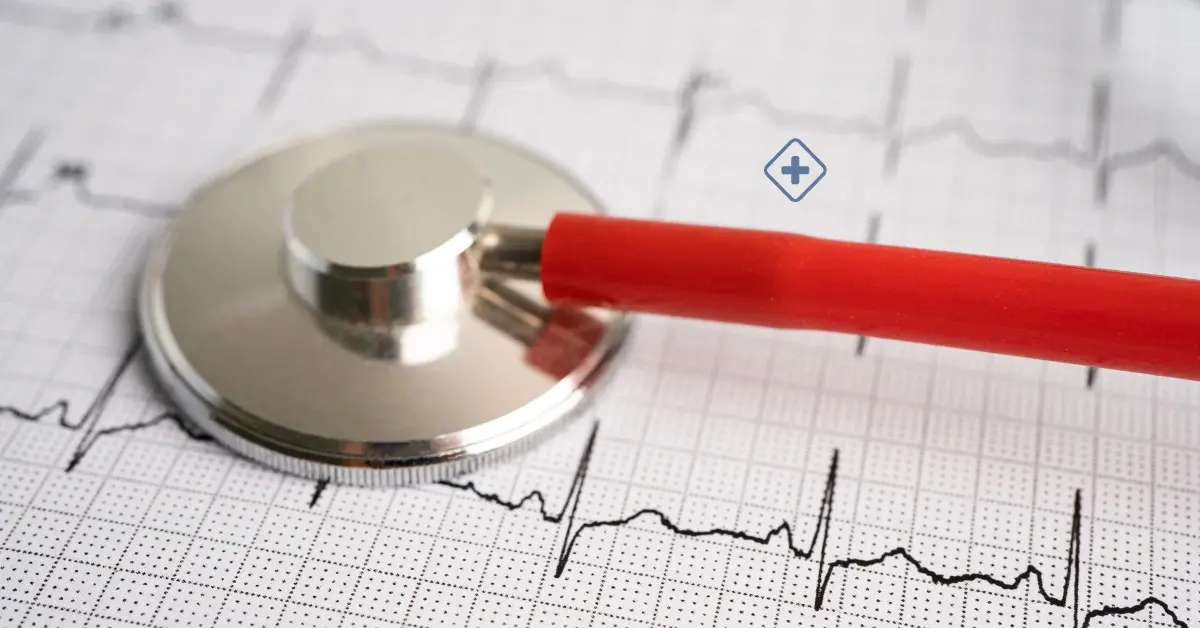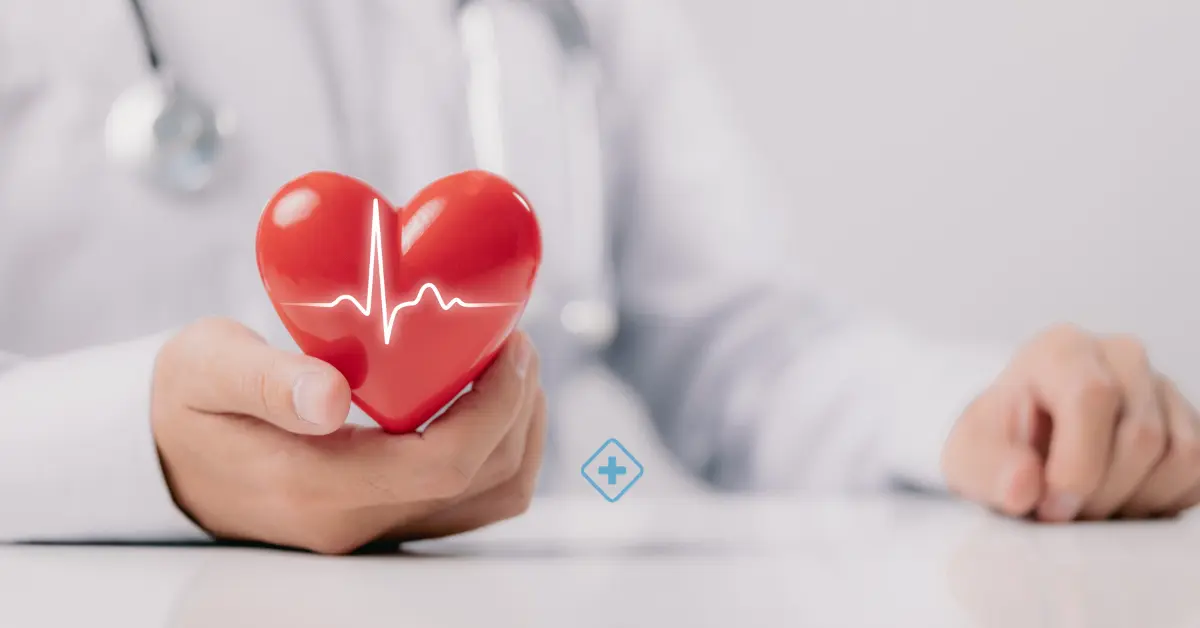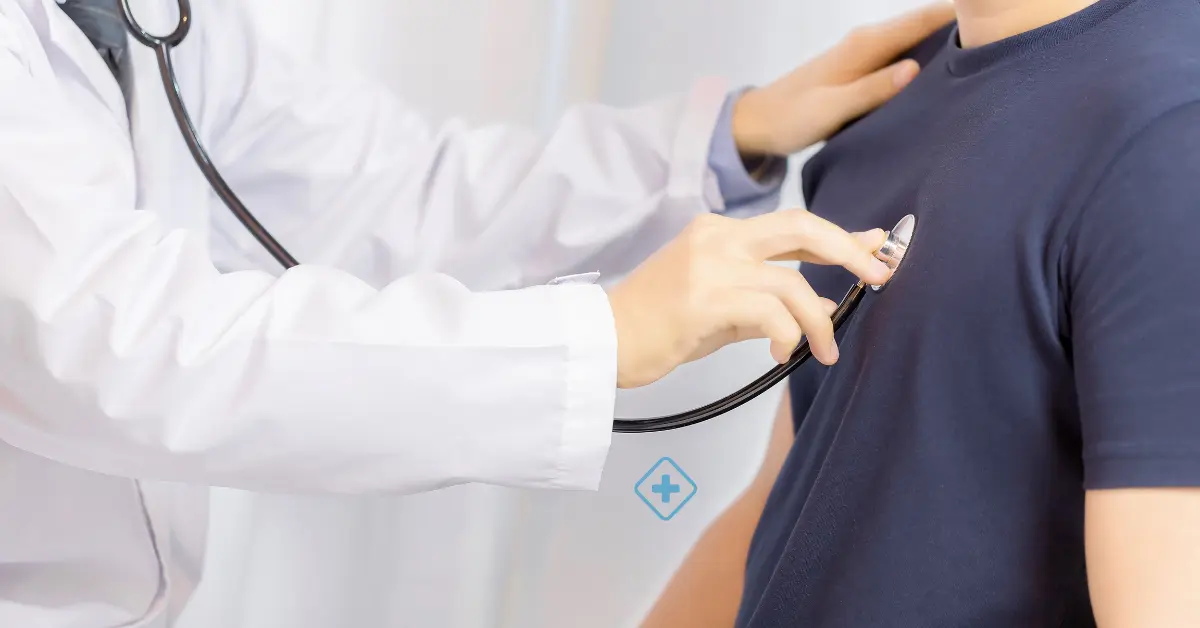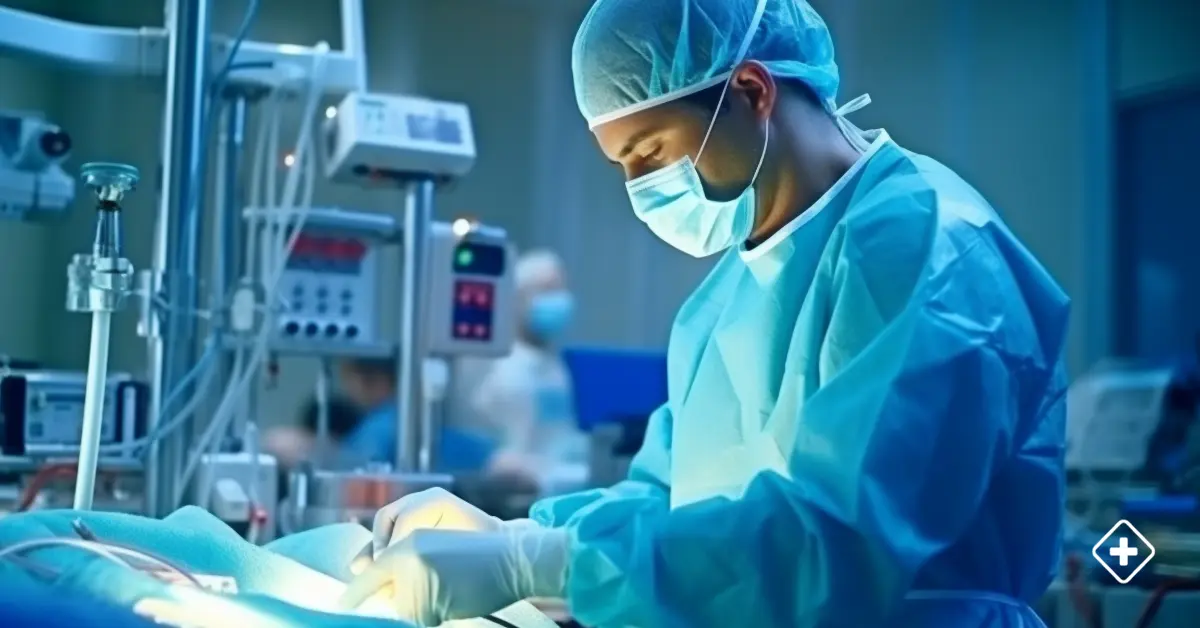
Echocardiogram
An Echocardiogram is a diagnostic test that provides a moving image of the heart with the help of ultrasounds. Make your appointment now at BlueNetHospitals.
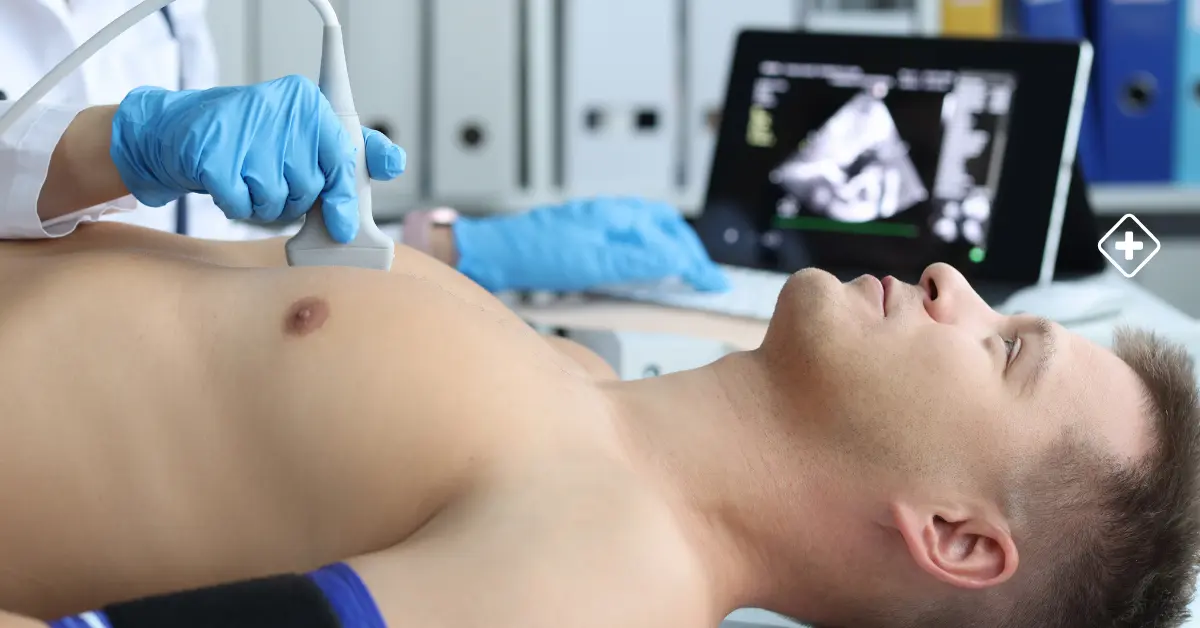
What’s an Echocardiogram?
An Echocardiogram is a diagnostic test that provides a moving image of the heart with the help of ultrasounds. This test allows us to see how the heart beats and pumps blood. The Doctor can identify heart disease from the images that an Echocardiogram shows.
Depending on the information the doctor needs, he or she may perform one of several types of Echocardiograms. Every kind of Echocardiogram may involve some or no risk.
Why is an Echocardiogram performed?
Your Doctor may ask you to have this test done to see:
-
The heart’s anatomy includes cardiac cavities, valve movement, and any anomalies.
-
Heart’s functionality: to see if the cavities move accordingly if the valves open and close correctly.
It is very useful for diagnosing cardiac and vascular diseases.
How is an Echocardiogram performed?
-
Without any risk: Echocardiograms are harmless and can be performed on any person, under any circumstance, anywhere.
-
Painless: It does not produce any pain or cause any secondary effect.
-
Patients may remain to lie down and relax. The gel will be applied to their chest. Then, in the same zone, a small device will be placed that transmits the image of the heart to the screen. The test usually takes less than an hour.
Before the procedure
No special preparation is necessary before a standard Echocardiogram. You can eat, drink, and take medicines as usual.
If you have a Transesophageal Echocardiogram instead, your doctor may ask you to fast for a few hours before the test.
Types of Echocardiograms
The Echocardiogram uses high-frequency ultrasound emitted by a probe. The ultrasounds are reflected off the tissues and are received by the probe. The Echocardiography device elaborates on the image with the information received by the probe and emits it on a video screen. There are different types of Echocardiograms:
-
Transthoracic (Standard) Echocardiogram: This is done through the chest wall.
During the procedure:
-
You will need to undress from the waist up and lie on an exam table.
-
The trained Echocardiogram Technician (Sonogram Technician) will place adhesive patches (electrodes) on your body to detect and conduct the electrical currents of your heart.
-
The trained Echocardiogram Technician will apply a gel to help conduct the sound waves.
-
The Technician trained to perform Echocardiograms will record the images from the sound wave echoes of the heart.
-
You may be asked to breathe a certain way or to turn on your left side.
-
Transesophageal Echocardiogram: If it is difficult to see the heart images taken by a Transthoracic Echocardiogram, this type of Echocardiogram may be recommended.
During the procedure:
-
Your throat is anesthetized, and you are given medicine to help you relax.
-
A flexible tube containing a transducer is inserted down your throat and passed through the tube that connects your mouth to your stomach.
-
This tool records the echoes of the sound waves coming from your heart.
-
A computer converts the echoes into detailed motion pictures of your heart.
-
Stress Echocardiogram: Some heart problems, such as those involving the coronary arteries, occur only during physical activity. The Doctor may recommend a stress echocardiogram or a stress test.
During the procedure:
1. You are asked to walk on a treadmill or pedal a stationary bike to take pictures of your heart before and immediately after physical exertion.
2. If you can't do these exercises, an injection can be given to get your heart pumping as fast as possible as if you were doing physical activity.
After the procedure
Most people can resume normal daily activities after an echocardiogram.
Results after an Echocardiogram
Some of the conditions that an Echo may indicate:
-
Changes in the size of the heart
-
Angina pectoris
-
Heart arrhythmias
-
Congenital heart disease
-
Heart failure
-
Heart problems in the heart's chambers, abnormal connections between the heart and blood vessels, and so on.
-
Pumping force: percentage of the blood being pumped out of an entire ventricle with each beat and volume of blood being pumped out of the heart in one minute
-
Valve problems -- knowing whether the heart valves open enough to allow proper blood flow or close completely to prevent blood from leaking
-
High blood pressure
-
Acute myocardial infarction
-
Heart muscle damage - Areas of the heart that move weakly may have been damaged during a heart attack or receive too little oxygen.
Your test results will be given to your Cardiologist, who will interpret them and tell you the plan to start your recovery. Book your appointment at the Heart Center Los Cabos.
BlueNetHospitals
BlueNet Hospitals - Blue Net Hospitals

Cardiac Ablation
Cardiac ablation is recommended when treatments are no longer effective or are not well tolerated to treat arrhythmias
Extrasystoles
Ventricular extrasystoles may not present symptoms; in other cases, they may cause unpleasant or alarming sensations.
Heart Murmurs
A heart murmur is an unusual sound that is heard when blood flows through the heart.
Cardiac Catheterization
Cardiac catheterization is an invasive procedure used to assess the heart and blood vessels by inserting a catheter into them.
- Do You Need an Appointment with a Specialist?
- call us
- write us
- let's talk
